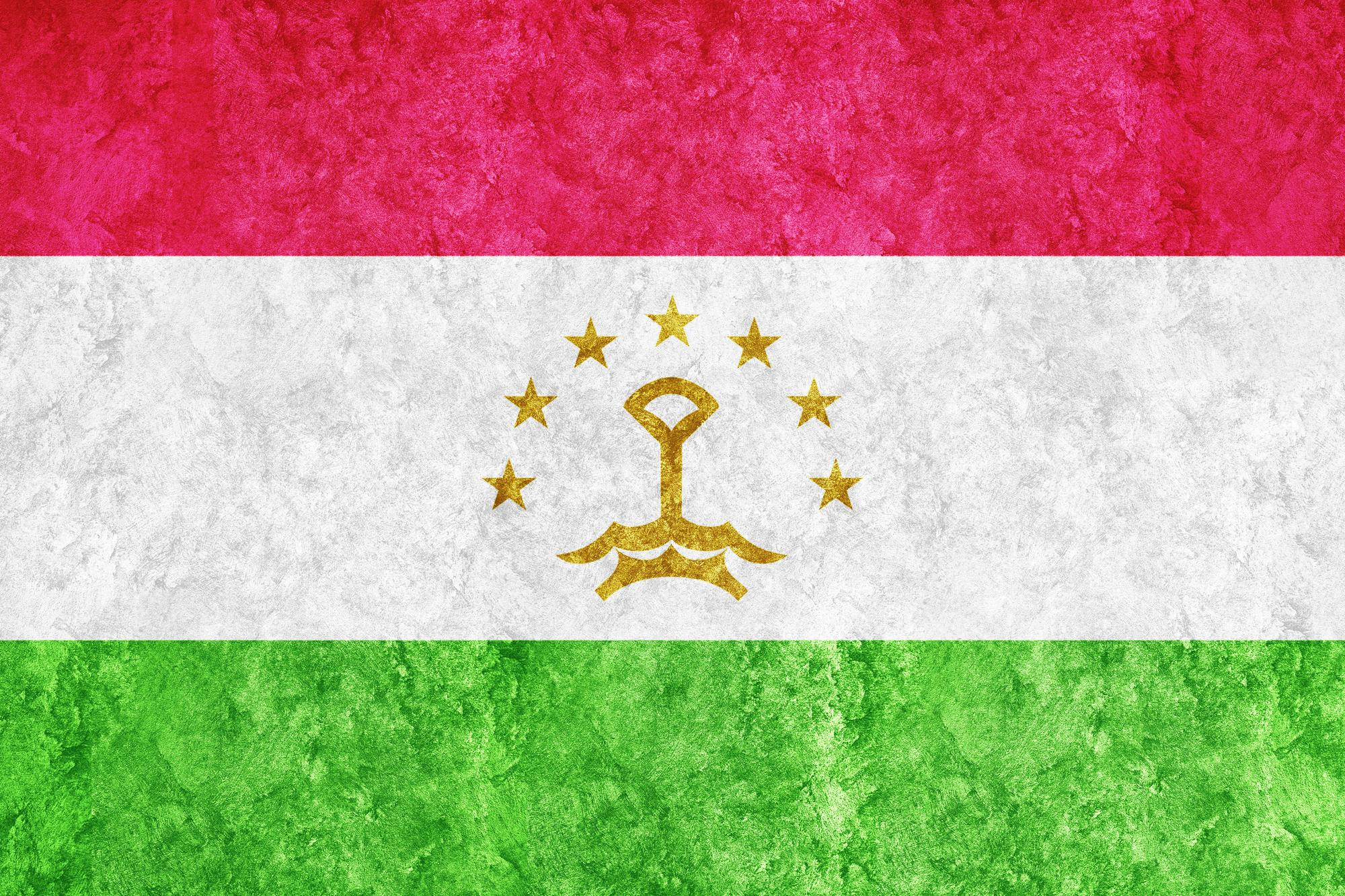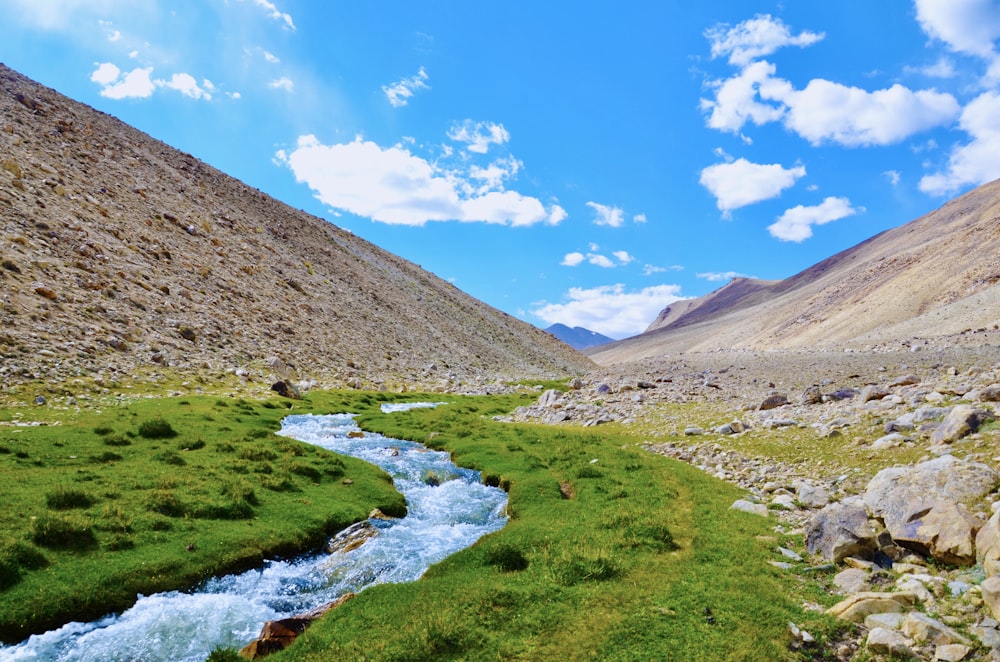
Visas for Tajikistan
Visa operations for Tajikistan are fairly straightforward. Citizens within the EU, the United States of America, Australia, and the ultimate of Asia can simply gain a visa on appearance at the airfield. Still, those from other regions will have to complete a visa operation process at a Tajikistan delegation or consulate.
The visa that you apply for depends on your situation, and there are several visas available to non-natives depending on the circumstance. The terms of these visas differ depending on whether it’s a short or long-term stay, a political visa, a business functionary visa (or investment visa), a business visa, or an educational visa. Still, the general documents demanded these operations are universal. They include:
- a valid passport, with six months minimal remaining.
- a completed visa operation. two 2 × 2 passport pictures.
Pension scheme in Tajikistan
The country is not special regarding the issue of the pension system and the need to reform it, although it has some specific features. Under such a system, the working generation, active taxpayers, pay one or further types (depending on country-specific legislation) of social security impositions in the budget or out-budget finances.
Still, when due to lower birth rates, adding life expectancy, or other reasons, the number of the retired is getting only a little less or nearly equal to the number of taxpayers, there is simply not enough capitalism in the system. which hampers profitable growth or the standard of living of pensioners will decline due to lack of finances to pay decent pensions.
Retiring in Tajikistan
Nobody can deny that retiring in Tajikistan has a lot of benefits like time-round sun, hilly mountains, and openings for a good social life. It’s also well-placed as a focal point for service travelers. Some more factors that make it attractive to retirees include:
- Duty-free status, with no income duty outstanding (whilst the Government is looking at this, it’s anticipated that the foremost date at which it would be introduced is 2019 and indeed also the rate set would most presumably be far lower than in other advanced countries);
- Liberal and enlightened leadership that welcomes all races and religious beliefs.
- Sound government programs and a robust, strong, and expanding economy;
- The quality structure includes intelligence, roads, and air transport that profit from continual investment and improvement.
One distinct benefit of allowing ex-pats to retire in Tajikistan is wealth will be retained in the region, maintaining commercial stability and viability. Setting down the pressure on utility and structure, as well as implicit advanced demand on healthcare Institutions, the advantages of ex-pats retiring in the country include:
- Greater income is fitted into a number of commercial sectors, including property/ hospitality and food and drink/ retail/ motor and transport/ health and rest/ utility.
- Savings continue to be invested, abetting the original economy/ capital demands growth.
- Retirement-concentrated accommodation can be set up where access to marketable work areas is less important; presently less desirable areas can come desirable.
- Rich retirees continue to induce jobs; the multiplier effect. To illustrate, a couple may employ a maid on a permanent basis and a gardener on a part-time basis; each of these workers will, in turn, induce further jobs, for illustration in the retail and containing sectors.
According to the ministry of labor and welfare, there are around half a million elderly people in the country. At present, the minimum pension is 60 somoni (fourteen dollars) and the outside is 300 somoni or seventy dollars, but payment of pensions is presently months late. Single and poor pensioners admit benefit supplements to pay for gas and electricity and a 50 percent reduction on cooperative service charges.
In 2000, the average life expectancy in Tajikistan was 68.2 years, and in 2011, the average life expectancy in Tajikistan reportedly increased to 72.5 percent. With reference to research, the number of people over 60 years old will increase in Tajikistan by 2030 and will make up further than 11.5 of the country’s population which can lead to specific problems and need immediate fixing.
Nice places to retire in Tajikistan
Dushanbe The Capital
The municipality is the capital of the country and is also the largest among the cosmopolis of Tajikistan. With a lot of green spaces and monumental structures, the offers a stimulating mix of Eurasian communal architecture and a Soviet-told cityscape.
Khujand
Khujand, with its oldest name Alexandria Eshatê (“the farthest Alexandria”), was founded by Alexander the Great in May 329 BC, is located in the far north of the country.
Kulob
Kulob is located in the Pamir Mountains on average 580 meters above sea level. The municipality used to be of high significance and cultural, scientific, and spiritual center of Central Asia and an important trade center on the Silk Road.
Punjakent
The name of the municipality of Punjakent can be paraphrased as”five villages”, and is located in a graphic dale of the sluice Zeravshan. It’s believed that the history of the municipality originally came from these five villages.

